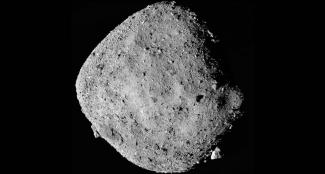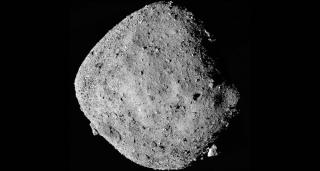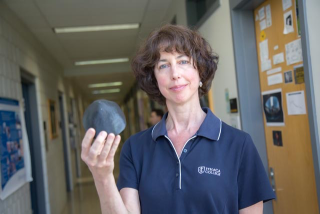On Dec. 10, scientists working on NASA’s OSIRIS-REx mission announced that they had discovered evidence of water on the asteroid Bennu. The important finding suggests that water may have been common in the early days of the solar system.
Physics professor Beth Ellen Clark is the mission asteroid scientist for OSIRIS-REx, responsible for managing several of the experiments conducted during the years-long mission to study and return a sample from Bennu, including the analysis that found evidence of water. In an interview with IC News, she discussed the importance of the mission’s water discovery and what else scientists have learned since the OSIRIS-REx spacecraft reached the asteroid.
IC NEWS: What is the significance of the discovery of evidence that water once existed on Bennu?
CLARK: There are several reasons why this is important. First, scientists theorize that the early Earth was too energetic a place — picture volcanos and churning lava — to support a hydrosphere. We think any early hydrosphere would have been boiled off the planet. But that means that we need an external source of water to explain the presence of our current hydrosphere. The delivery of water-rich meteorites and cometary materials later on during the evolution of the Earth could explain our current oceans. So, having some samples of this material will help us to understand this interesting phase of planet building in our solar system, and possibly in other solar systems. This will help us to understand the origins of Earth, and of life on Earth.



